|
Two months ago, we were nearing the completion of this publication - Dr. Gouri Shankar Mukerji's "84 Yoga Asanas" - when a computer crash set us back significantly. Finally, after weeks of redoing the formatting, editing and proofreading work that we had already done once, the proof is ready.
How strange it is, after more than a year of staring at it on a computer screen or in a home-printed mock-up, to get a professional proof complete with the cover. We can flip through it almost as if it were the real thing. We expect the books to be delivered next week. We will ship them immediately, so if you supported the Kickstarter last fall, expect your book(s) the following week. We are happy and excited to finally get this work out into the world and send it to you soon!
0 Comments
It is easy for us to think yoga is about flexibility. So many of the exercises we do are "stretches." The advanced yogis who we see on Instagram and Facebook every day border on contortion, bending their bodies impressively.
It is also easy for us to think yoga is about strength, especially when it comes to arm balancing. Postures like Handstand or Tiger (Forearm Balance) require tremendous power in the upper body. The Handstanding culture can border on acrobatics. Neither strength or flexibility is an end in itself in yoga. Sure, there is a certain amount of each that is important for health and normal functioning, but in yoga it is common for us to go way beyond what is "necessary" for our general well-being. Both the strength and flexibility of advanced yoga serve the function of bringing the body under greater control, and with it the mind. The stretches and balances are not pursued for their own end, but provide us a gateway of concentration to go inward. The moment our goal is to "get more flexible," "get stronger," "do the splits," "do handstand" or anything of the sort, we need to check our motivation. It is not necessarily bad to have physical goals, but be careful that they do not conflict with the greater purpose of your yoga practice. "Li" was a letter in the Bengali alphabet that was removed around the turn of the 20th century. The letter is the same as the modern Bengali number 9, pictured above right.
"Likar" means "the letter Li," referring to the shape of the actual letter itself. You may be familiar with the posture Omkarasana, which is "Om Pose," but refers to the letter or symbol for Om. So Likarasana is "Li Pose" or "Posture of the Letter Li." Above left is a picture of Gouri Shankar Mukerji executing the posture. You can clearly see the resemblance to the Bengali letter. (Note: this is a very advanced posture and should not be attempted without the guidance of a qualified teacher.) There are two ways of working with new information. The first is going in search of information that supports what we already know. This can be very beneficial. It can deepen our understanding of our practice and help integrate what we’ve previously been taught. The second way of working with new knowledge is to welcome information that challenges what we know. This is where it gets tricky.
While it is great to have our efforts validated, it is a slippery slope. When we seek out information that supports our opinions we run the risk of mental ruts. It is easy to dig deeper into our habits of teaching and practice, and with each new piece of evidence that challenges what we already think, veer farther and farther away from a genuinely curious mind. We might find ourselves responding to discussion very adamantly with something to the effect of “but this is how it should be done” or “but this is how I was taught.” The best each of us can hope for is to teach or practice the best we can with the information we have. As times change, and we gather new information, we should still hope to do the best we can with the new information we have. If we welcome knowledge that challenges our current beliefs we evolve. This can be very painful, especially if new knowledge is in direct conflict with something we’ve been teaching or practicing for a long time. This can make us feel like we have been fooled, or that we’ve wasted our time. None of this is the case. We did the best we had with what we had to work with. If we take this further and dare to integrate something that was once in conflict with our options, we actually strengthen our practice and teaching. As we learn more, it is our duty as carriers of the lineage to let go of what no longer serves our community and ourselves. It is our duty to seek out information, some of which will validate and some of which will challenge. That is progress. Those who have taught before did so with the best information they had at the time. We owe it to them to do the same. Yogis love to talk about the hips, so much that it has become a joke.
The hips are big joints with diverse movement, and they are central in the body. It is hard to consider any movement or yoga posture without considering the hips. BACK PAIN The main hip muscles that give us everyday problems are the hamstrings, in the back of the legs. They can get very tight from sitting, running, cycling or any number of activities. The problem comes because tight hamstrings can cause the pelvis to tilt backward and flatten out the curve in the lumbar (lower) spine. This will create weakness and seizing muscles in the low back. As such, back pain can be caused by tight hamstrings. HIP FLEXORS The muscles in the front of the hip that help us lift the leg forward are called the hip flexors. These get very tight when we sit a lot (which most of us do). Tight hip flexors can also prevent the pelvis from moving freely, causing problems in the spine. Pretty much all of us can benefit from stretching our hip flexors. HIP ROTATION This is the movement required for many advanced yoga postures, especially for long sitting that enables breathing and meditation. The hips externally rotate, requiring flexibility in the psoas and iliacus, the tensor fascia latae, the gluteus medius, the adductors (inner thigh), and the stabilizers like the piriformis. Hip rotation gets into a lot of small, tough muscles, so progress is often far slower than when we stretch longer muscles. Be patient. SCIATIC PAIN The sciatic nerve comes out of the low spine and weaves through the hips before running down the leg. Irritation of the sciatic nerve can result in hip pain and pain or tingling that radiates down the leg. This irritation can be difficult to heal, since the nerve is long and complex. A good place to start is with the piriformis, one of the externally rotating hip stabilizers. Postures like Pigeon that stretch the back of the hip may bring some relief. OVERDOING IT Once the pelvis is free to move forward and backward, and the spine is able to maintain its natural curves, the hamstrings are long enough. Sometimes there is a tendency in yoga to stretch the hamstrings as far as humanly possible, but that is rarely healthy. And it actually doesn't serve many advanced yoga positions, which generally require hip rotation instead of hamstring length. We are fortunate to be in so many dedicated yoga communities. This past weekend we were in Vienna at the Yogaloft.
As the presenters of the workshops, it is easy to overlook the huge amount that we learn from each community. Every student's experience is different, and each teacher has seen unique things in their classes. Every discussion of history, tradition, modern research, intention or physical detail is a window into how we perceive the yoga and ourselves within it. There is no stupid question, nothing so obvious that it should not be examined, nothing so set-in-stone that it should not be looked under. The results are in from a new study called the "Bikram Yoga Heart Study." It tested a variety of factors like blood glucose and vascular health as the subjects practiced the 26+2 of Bikram yoga. Some subjects practiced in 105 degrees (F) while others practiced at room temperature, 73 degrees.
"Results showed significant and equal improvement in brachial artery flow-mediated dilation (an index of vascular health and heart disease risk) with 12 weeks of both the heated (105-degree) yoga and non-heated (73-degree) yoga groups. However, while both yoga practices were equally beneficial on the vasculature, there were some differences in their effects on other variables with additional reductions in body fat percentage and a trend (almost statistically significant) toward a reduction in LDL (bad)-cholesterol being seen only in the hot yoga group alone." This study was funded by Pure Action. At every step along the way our ego can hinder us or set us on the wrong path.
When we are beginning it is easy to discount the teacher, Resisting any information that doesn't confirm what we already believe. When we improve we notice our growing power, Basking in newfound strength and understanding. When we teach we see others who know less than us, And harden the belief that we are greater. No one is immune to the pitfalls of ego, from the beginner to the master. There are few postures more beneficial than Pavanamuktasana, Wind Removing Posture.
With the legs against the abdomen, pressure builds in the intestines, especially when we inhale. This massages the intestines and internal organs, promoting digestion, absorption of nutrients and smooth elimination. It also stimulates the parasympathetic nervous system, which lowers the heart rate, cools the body, and improves immune function and digestion. All in all, this posture is quite powerful in bringing health, balance and relaxation to the body. FOCUS ON THE BREATH It is easy to focus on the physical elements of the position: Pulling the knees tightly, stretching the hips and flattening the spine. But the greatest benefits of this posture all come from the breath. Focus on breathing "in the belly," pushing the diaphragm down toward the abdomen to create pressure there. Keep the abdominal wall relaxed so it can move in and out with each breath. Each breath will make the abdominal cavity bulge out - this is good! It is massaging the organs and intestines. TAKE CARE OF YOUR HIPS Believe it or not, this is one of the easiest postures in which to injure our hips. When we pull them tightly to the chest, the leg bone (femur) can bump against the hip socket (acetabulum), damaging the cartilage there. If you feel pinching or bone-on-bone contact in your hips in this posture, back off your effort. You don't want to damage your hips. |
AUTHORSScott & Ida are Yoga Acharyas (Masters of Yoga). They are scholars as well as practitioners of yogic postures, breath control and meditation. They are the head teachers of Ghosh Yoga.
POPULAR- The 113 Postures of Ghosh Yoga
- Make the Hamstrings Strong, Not Long - Understanding Chair Posture - Lock the Knee History - It Doesn't Matter If Your Head Is On Your Knee - Bow Pose (Dhanurasana) - 5 Reasons To Backbend - Origins of Standing Bow - The Traditional Yoga In Bikram's Class - What About the Women?! - Through Bishnu's Eyes - Why Teaching Is Not a Personal Practice Categories
All
Archives
May 2024
|

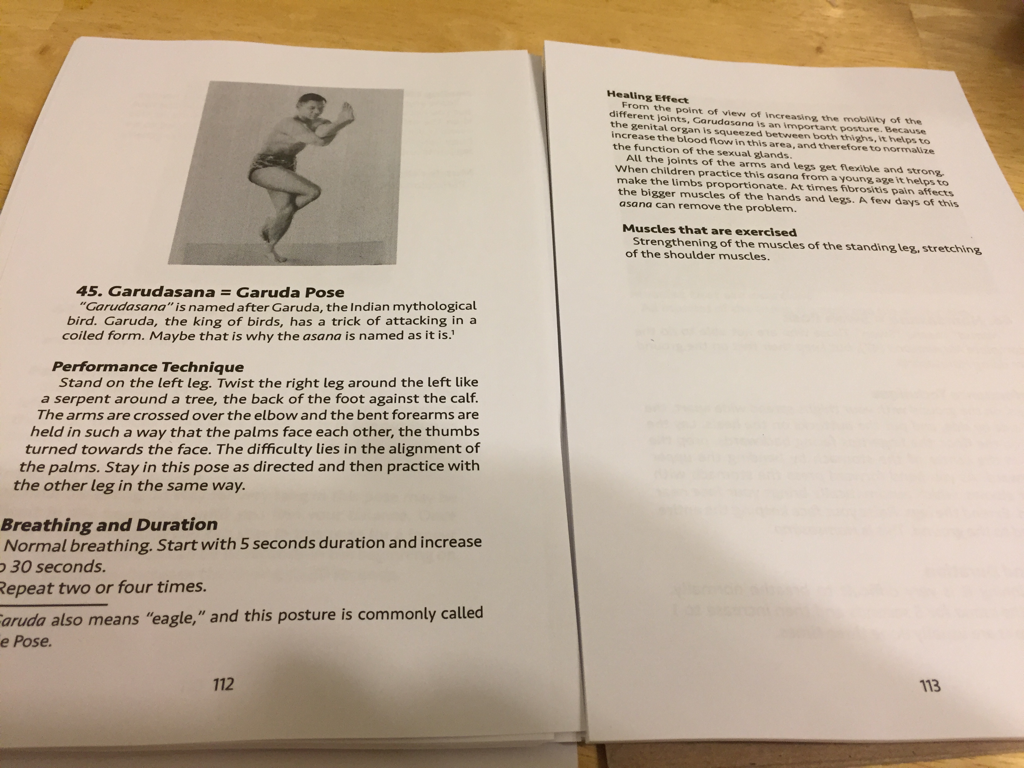
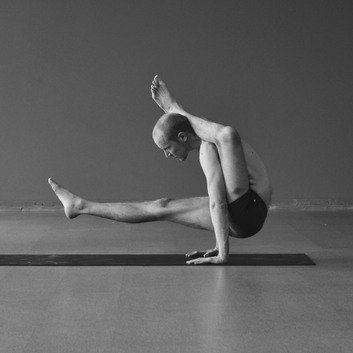
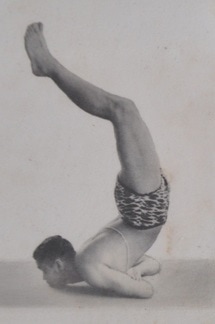
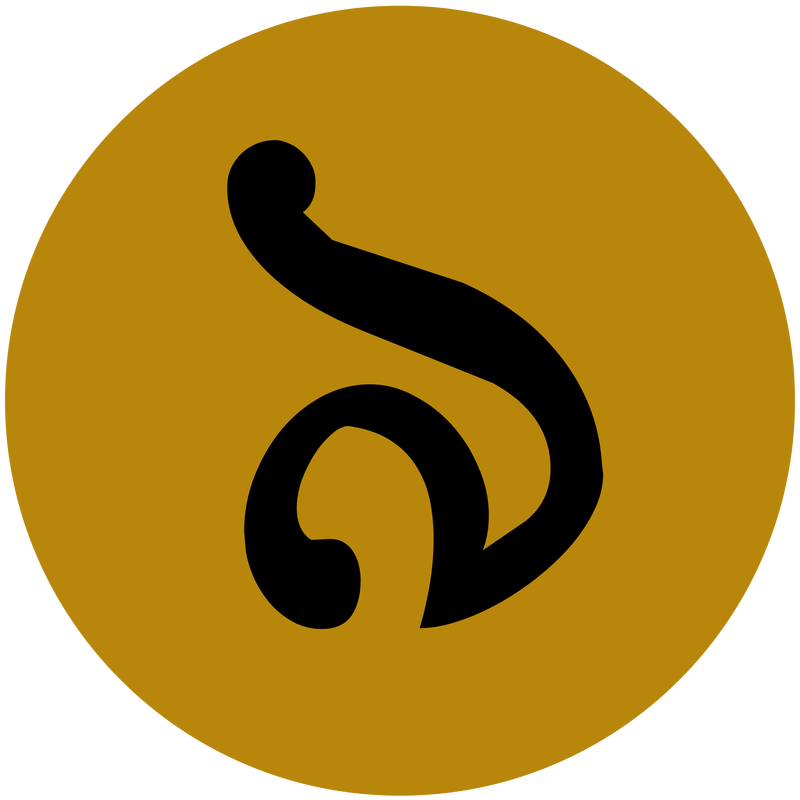
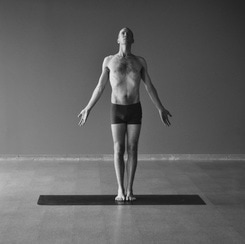
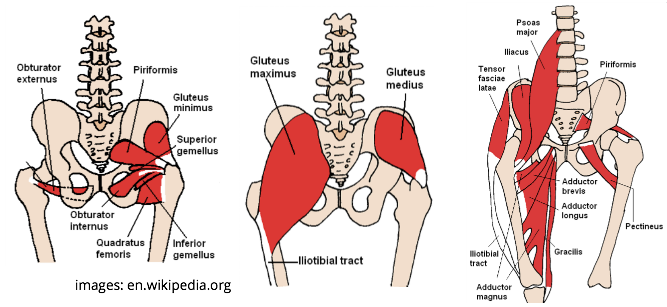
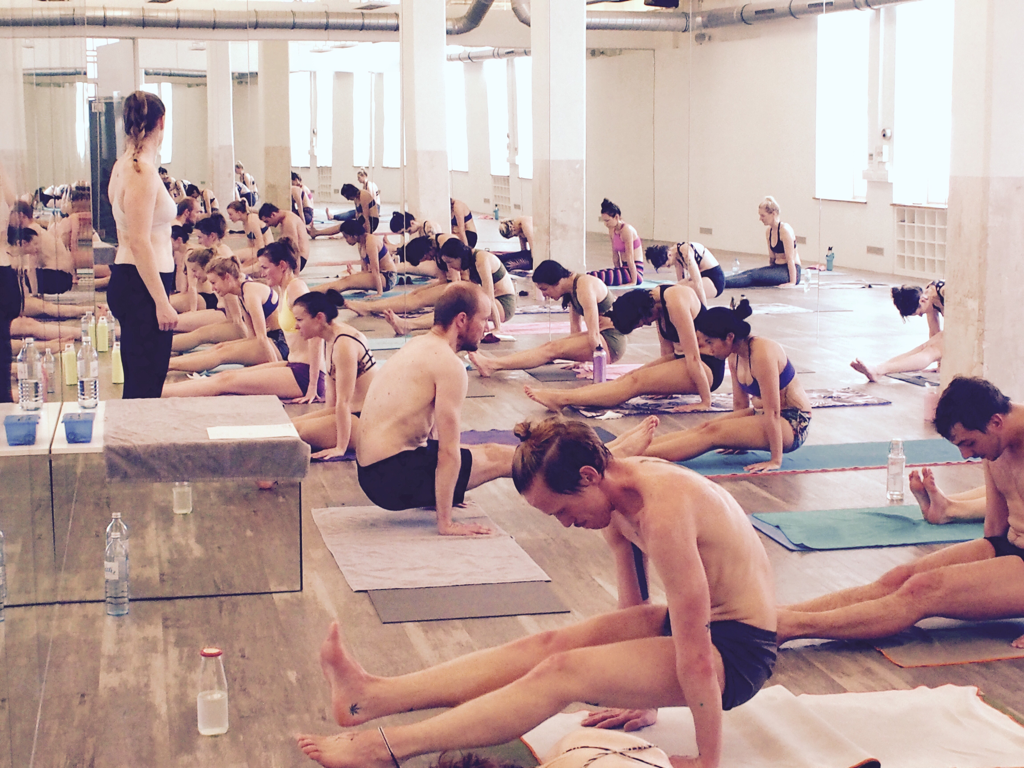
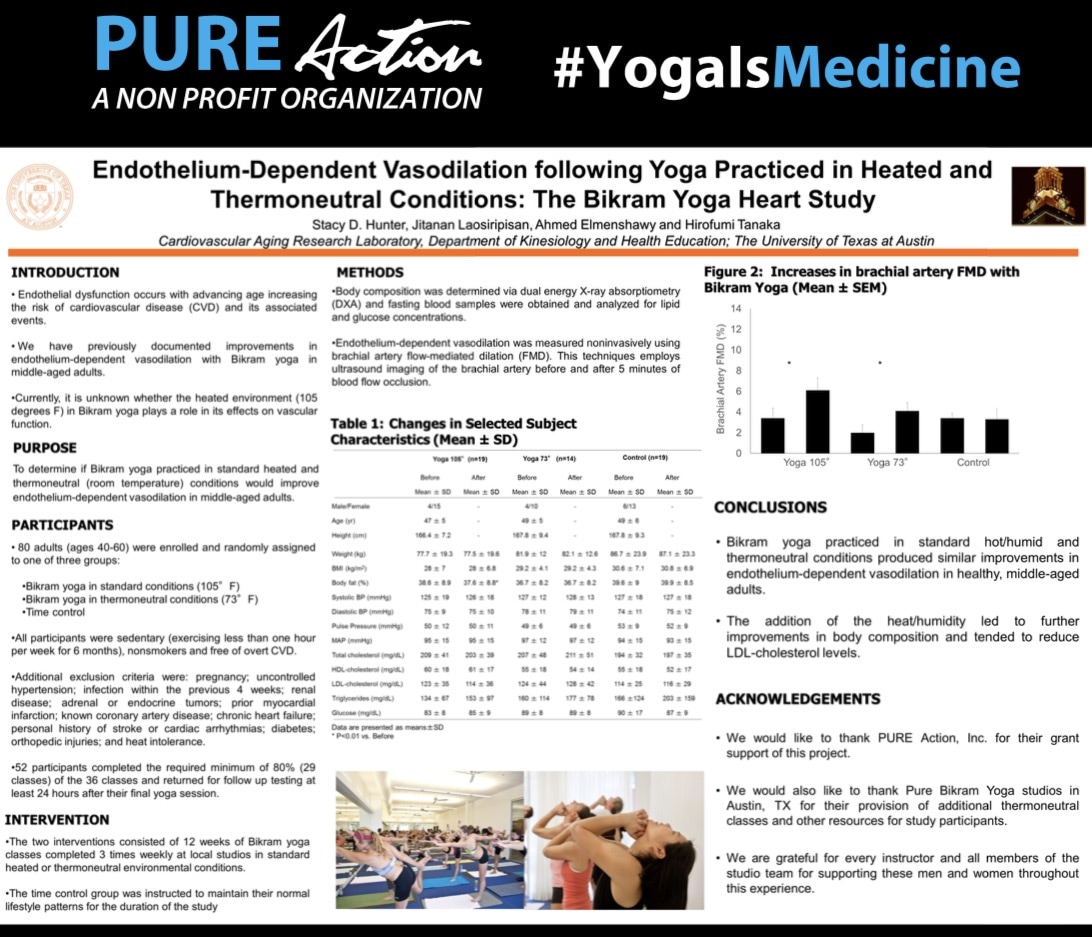
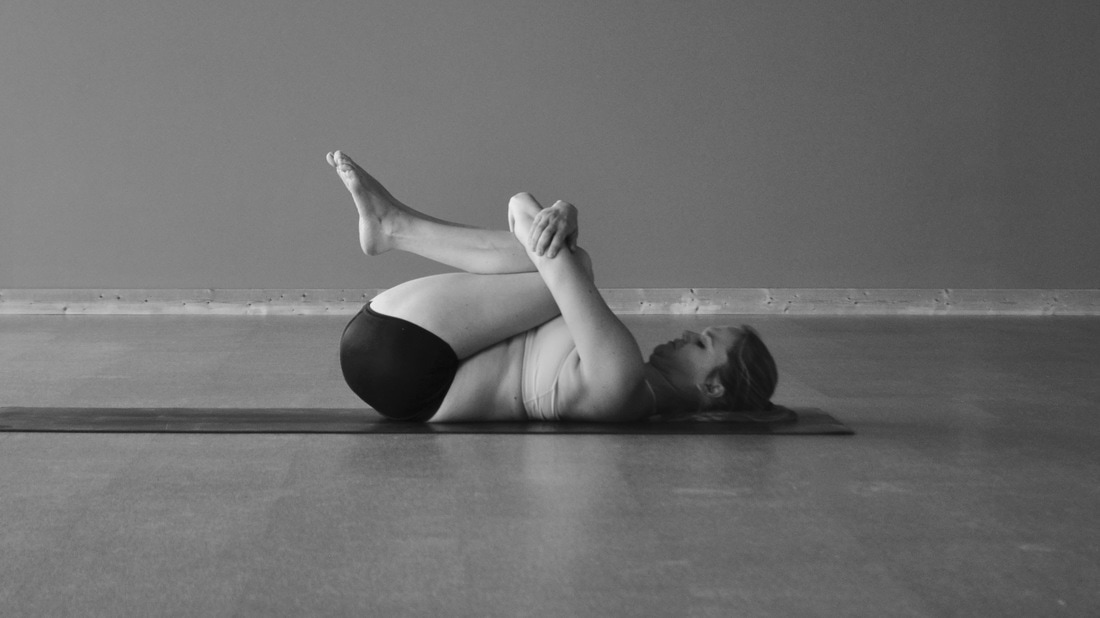
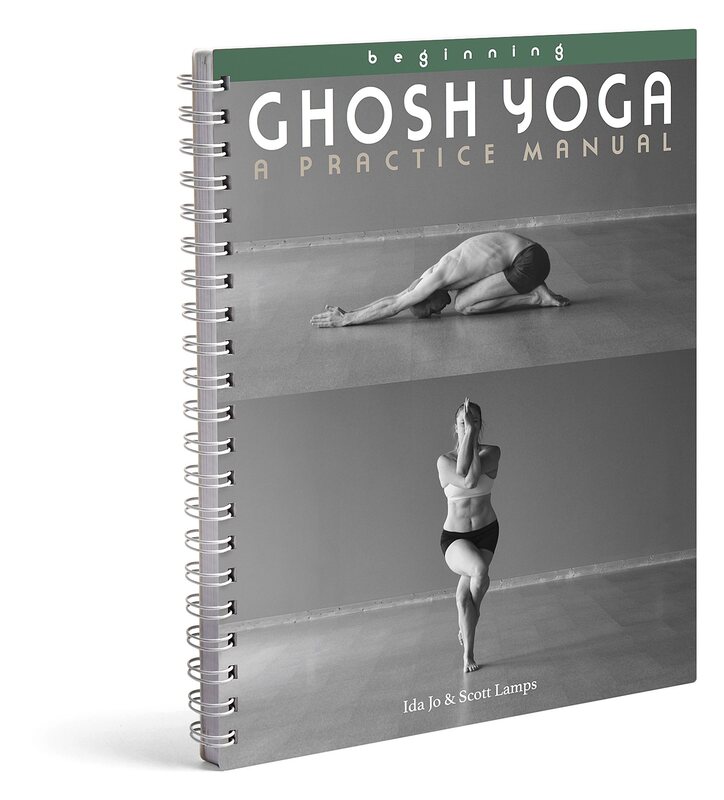
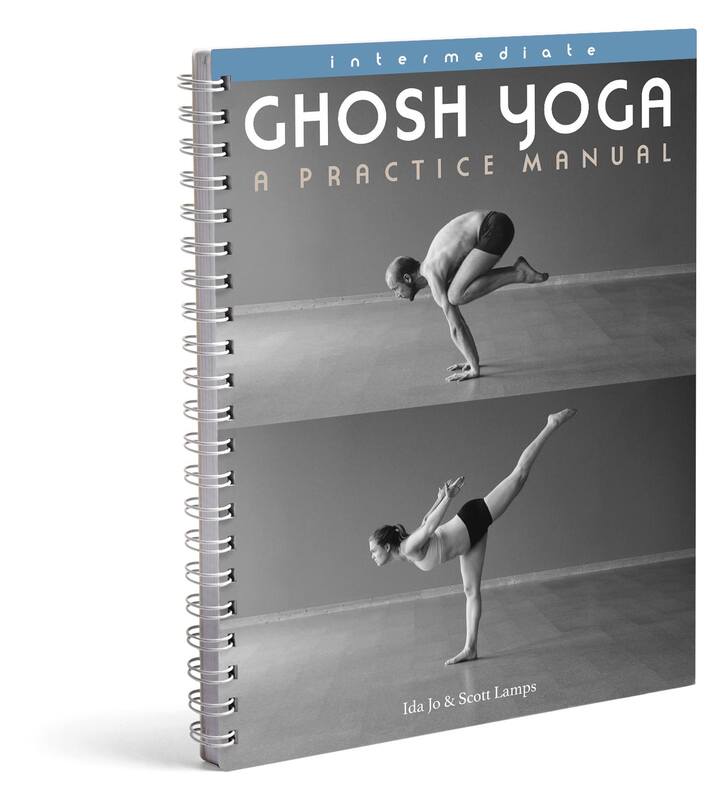
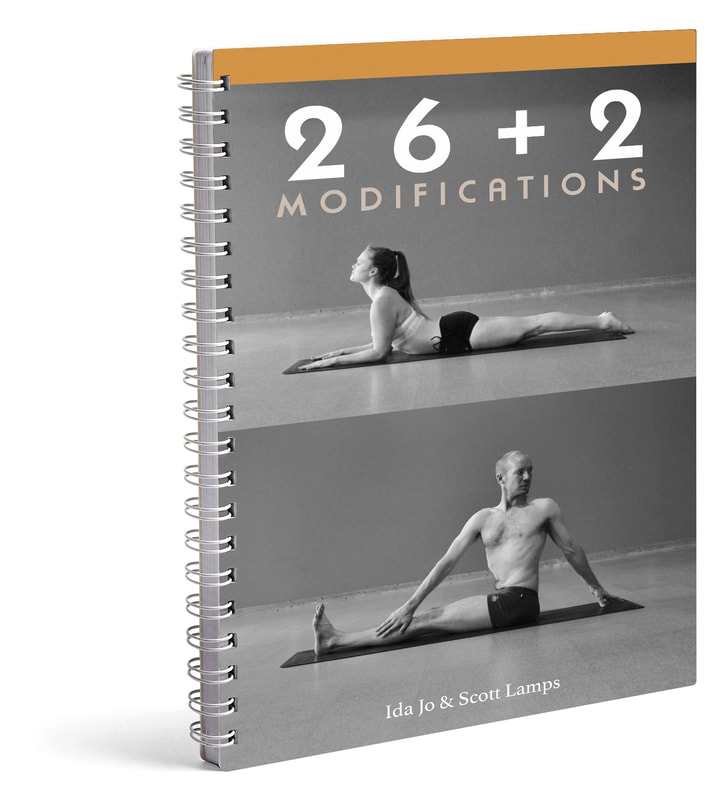
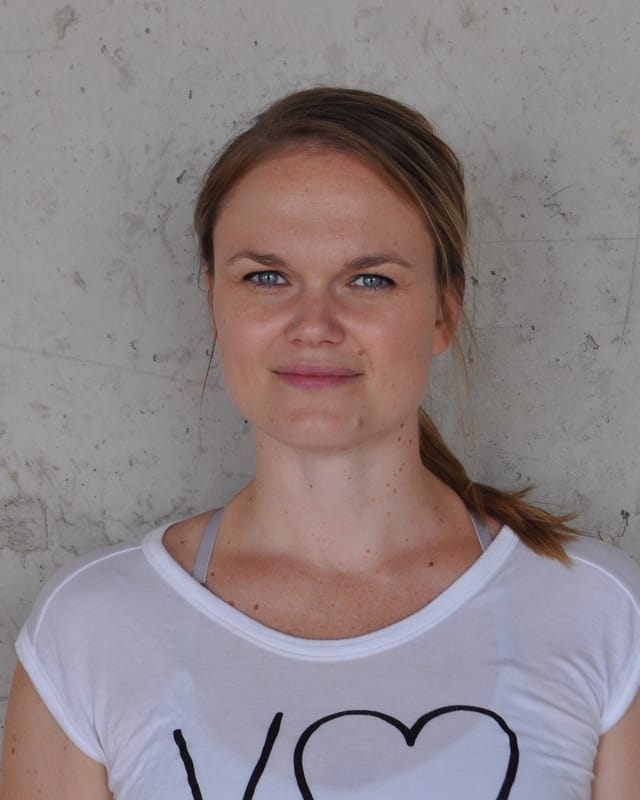
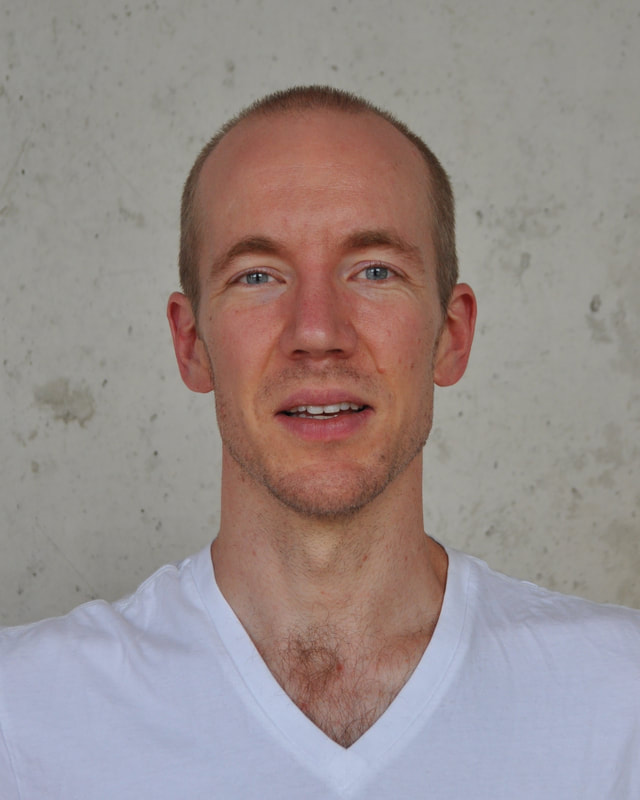
 RSS Feed
RSS Feed